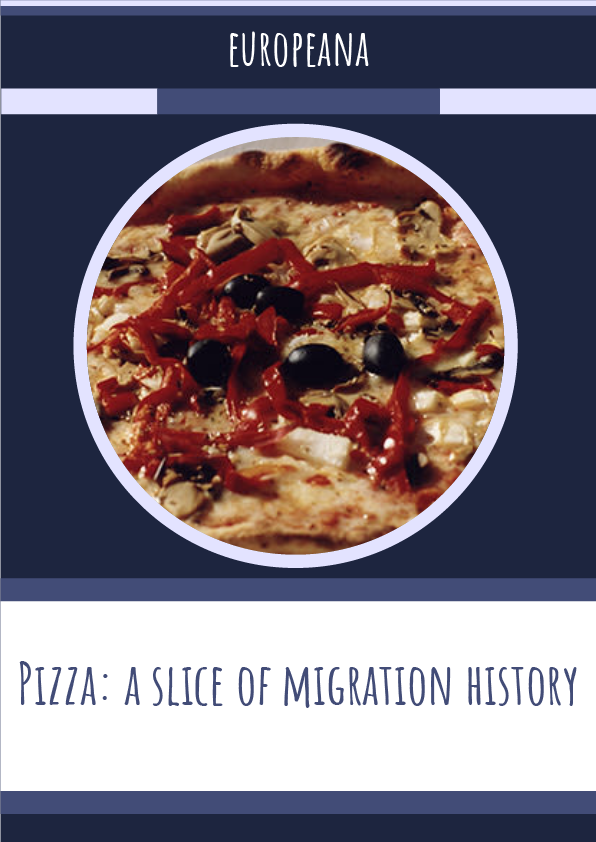Behind a simple pizza lies a more complex history
Pizza – possibly one of the most popular, tasty and simple things you can have for dinner tonight. But behind its simplicity lies a much more complex history – this is the tale of the Margherita’s migration.
Take ingredients from Naples
Pizza has been around in Italy for more than 1,000 years in differing forms. What we recognise today as pizza was popularised in Naples. This dish began to conquer the world in the 19th century. The ‘Associazione Verace Pizza Napoletana’ (‘True Neapolitan Pizza Association’), which was founded in 1984, sets the very specific rules that must be followed for an authentic Neapolitan pizza. For example, many Naples pizzerias will only use San Marzano tomatoes grown on the slopes of Mount Vesuvius. This video shows Neapolitans living and working in Milan in the 1960s, with some working in the pizza industry. Today, however, you don’t need to be in Naples, or even Italy, to get your hands on a great pizza. In many ways, this is due to movement and migration.
Roll the dough across the seas
A number of factors led to a rise in the popularity of pizza around the world. Large numbers of Italians migrated to the United States in the 19th and 20th centuries, bringing with them their local food traditions which were enjoyed mainly by Italian and Italian-American communities. What would those original migrants think to the now-iconic New York-style pizza, cut into huge slices with extra thin crusts that you fold in half to eat? Pizza’s popularity boomed in the years after World War II. Allied troops stationed in Italy during the war ate and enjoyed pizza, bringing their taste for the dish home to their countries. During the 1950s and 1960s, increased prosperity and leisure times led to populations from other Western European countries holidaying in Italy, discovering the delicious dish and creating an appetite back home for it.
Add toppings to taste
In these decades too, many Italians moved to Germany, Sweden, Netherlands and other Western European countries as guest workers, and later established their own restaurants.
Like the good ingredients of a pizza, all these factors combined to bring pizza to the world. In the collections gathered in Europeana, we see evidence of pizza’s popularity. Local food traditions in individual countries now combine with the original Italian pizza recipes: Japanese enjoy pizza with squid and Tabasco; banana topping is popular in Iceland and Sweden; Hungarian pizzas, promoted in the leaflet above, boast sausage, smoked knuckles, beans, leek and mustard-sour cream sauce.
In Sweden, one of the most popular dishes – now considered a Swedish tradition – is kebabpizza. It combines pizza, ‘brought’ to Sweden by Italian guest workers, with kebab, brought to Sweden by Turkish and Middle Eastern guest workers. Read more about how the Swedish tradition of kebabpizza came about. We can also see examples of the mixing of migrant communities’ food traditions in the Netherlands: here are the gyros pizza and the tandoori chicken pizza.











